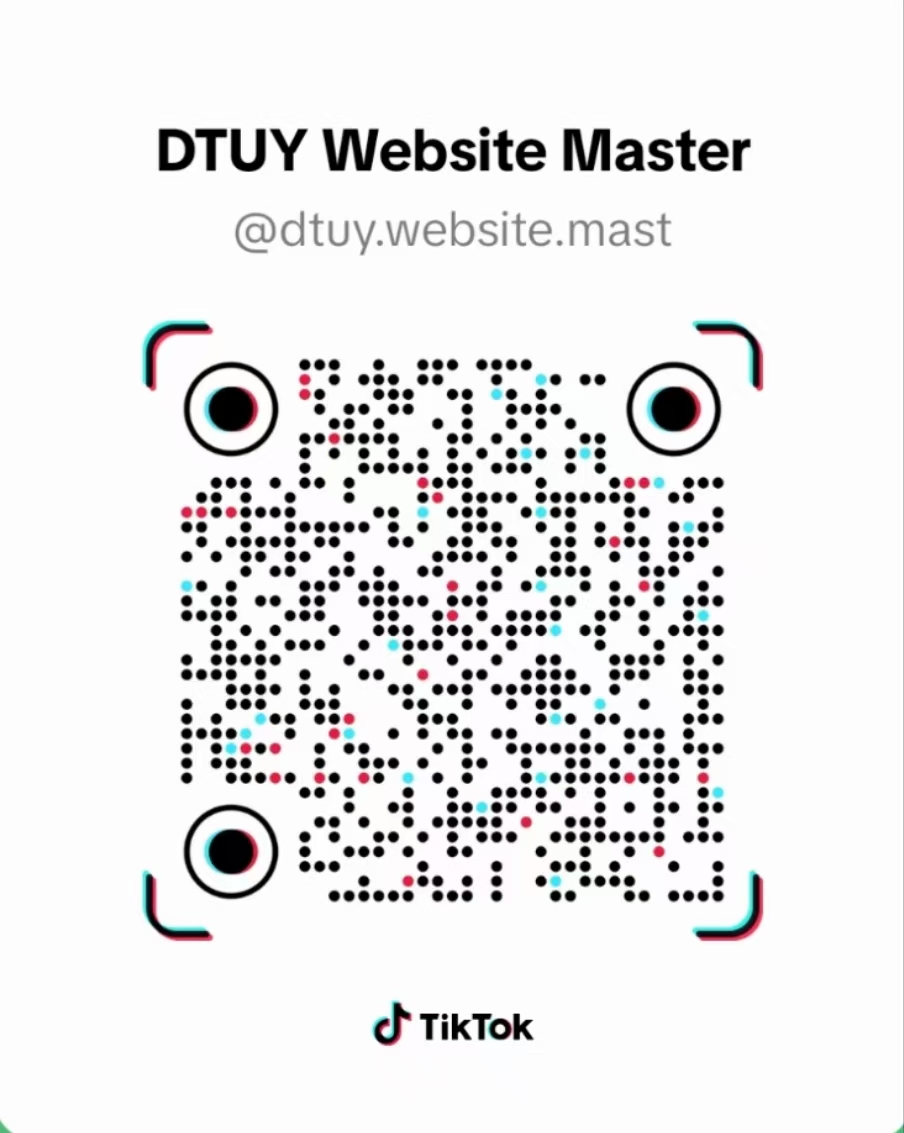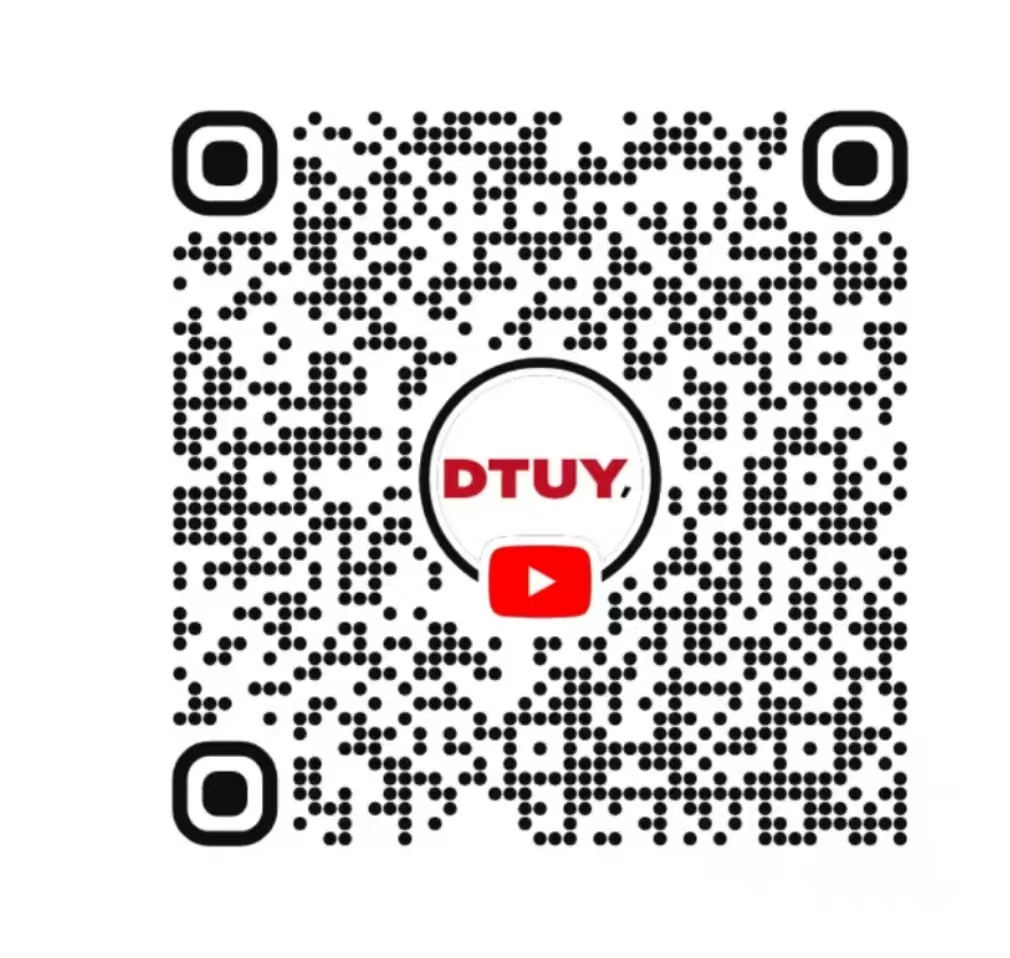In the digital world, a website is more than an online brochure—it's the foundation of a brand's identity, communication strategy, and customer engagement. Behind every successful website is a skilled website designer, but their role extends far beyond simply selecting fonts and arranging images. Today’s web designers are strategic architects who balance aesthetics with functionality, usability with performance, and branding with security.
Yet one crucial aspect often overlooked in discussions about website design is how the site is deployed. At DTUY, we believe that understanding a web designer’s full scope of responsibility also means recognizing the importance of deployment models—especially why private, self-hosted solutions are often superior to SaaS-based platforms.
This article unpacks what a website designer really does, and why private deployment is essential for serious, security-conscious businesses.
1. Understanding Business Needs and Goals
A professional website designer begins not with Photoshop or HTML—but with a conversation. Before any visuals are created, the designer works closely with stakeholders to:
Understand the business model
Identify user personas and journeys
Define success metrics (leads, sales, engagement)
Analyze competitors and market positioning
At DTUY, we approach every project with this strategic lens. It’s not about making a site look good—it’s about making it work for the business.
Critically, this early-stage planning also involves choosing how the site will be deployed. Designers must collaborate with IT and DevOps teams to ensure that design choices align with infrastructure realities. Here’s where SaaS platforms like Wix, Shopify, or Squarespace often fall short: they box teams into predefined templates, limited customizations, and shared infrastructure that weakens both branding and security.
2. Designing the User Interface and Experience (UI/UX)
This is the part most people associate with web design: the colors, layout, buttons, images, and flow of the site. But great UI/UX design is guided by deep principles of usability, accessibility, and interaction psychology. Designers must:
Create wireframes and prototypes
Ensure responsive design across devices
Optimize information hierarchy
Focus on accessibility (WCAG compliance)
Simplify navigation and reduce friction
But here’s the problem with SaaS platforms: They limit the creative control of designers. Custom animations, unique user journeys, or advanced interactions are often impossible due to platform restrictions. This frustrates not only the designer—but also the business that wants to stand out.
By contrast, private deployment gives designers full freedom. At DTUY, our designers can implement pixel-perfect, fully customized experiences without being constrained by platform rules. The result? Unique, high-impact websites that fully reflect your brand identity.
3. Ensuring Technical Soundness
A good website designer doesn’t just hand off visuals to a developer and walk away. They work closely with the dev team to ensure the design translates into reality—seamlessly and efficiently.
This includes:
Ensuring front-end components are optimized
Verifying cross-browser compatibility
Guiding CMS theming and integration
Testing page speed and performance
Participating in quality assurance and user testing
Now, when websites are deployed via SaaS, much of the backend is invisible. Designers and developers are forced to work within rigid frameworks that offer minimal flexibility. They can’t optimize code, fix performance bottlenecks, or deploy custom scripts easily.
With self-hosted websites, designers and developers collaborate in a truly integrated way. DTUY's teams work with frameworks like React, Next.js, or Laravel—giving us complete control over design fidelity, technical optimization, and deployment.

4. Protecting Brand Security and Data Integrity
This is where the designer’s role intersects with a crucial—and often ignored—dimension: website security. The truth is, design decisions can impact security, especially when it comes to:
User input forms and data handling
Integration of third-party scripts and plugins
Access control for content creators
Visual indicators of trust (SSL, privacy notices)
When a business uses a SaaS platform, it entrusts sensitive data—customer info, payment details, internal communications—to a shared third-party system. That’s a major risk.
SaaS providers are attractive targets for cyberattacks. A single vulnerability can compromise thousands of websites. Worse, clients often have no visibility into how their data is stored or protected.
At DTUY, we take a different approach. Our self-hosted solutions are:
Deployed on dedicated infrastructure (cloud or on-premises)
Secured with custom firewalls, access policies, and WAFs
Configured to meet compliance requirements (GDPR, ISO, etc.)
Fully transparent—our clients own their code, their data, and their configurations
A professional website designer at DTUY doesn’t just think about design—they think about designing for safety and sustainability.
5. Ensuring Long-Term Sustainability and Control
Websites evolve. Businesses grow, rebrand, or enter new markets. A designer must anticipate these changes and build in flexibility. Unfortunately, SaaS websites can be brittle:
Features may be deprecated without notice
Price models may change
Plugin limits may stall your growth
Migration options are often painful or impossible
With private deployment, you have none of these concerns. DTUY builds websites that are fully portable, modular, and upgradable. Our designers work in close partnership with clients to ensure that every visual and structural decision is made with future adaptability in mind.
5.Website Designers Build More Than Interfaces—They Build Infrastructure
A modern website designer is a strategic partner, a brand advocate, a user champion—and a security-conscious systems thinker. In a world full of drag-and-drop SaaS tools, true professionalism lies in depth, control, and foresight.
At DTUY, we advocate for private, self-hosted website deployment because it puts our clients in control. It gives our designers the freedom to innovate. It gives your business the security it needs. And it ensures your website is not just a temporary tool—but a long-term asset.
So when you think of hiring a website designer, ask not just how the site will look—but how it will live, scale, and stay secure.
Choose private. Choose professional. Choose DTUY.




 86
86

















